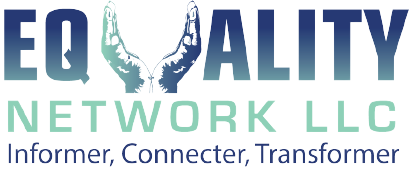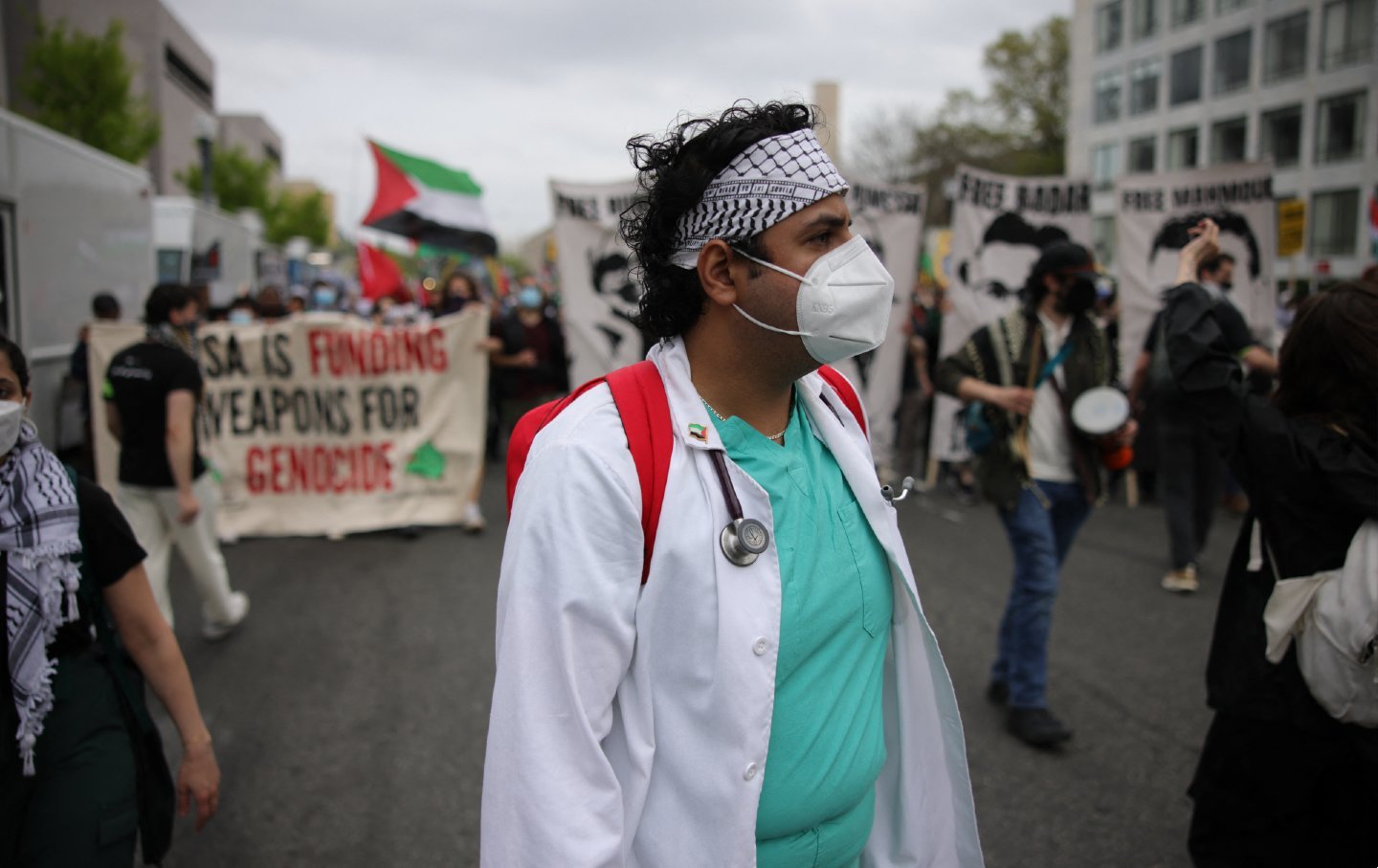In 1949, the US psychiatrist Leo Alexander, who had served as a medical adviser to the chief of counsel for war crimes in Nuremberg, issued a warning: “Science under dictatorship becomes subordinated to the guiding philosophy of the dictatorship.” It’s message that health workers in the United States today should heed. Alexander was keenly aware that physicians, far from resisting fascism, had often been its most eager enforcers. Nearly half of all German doctors joined the Nazi Party—double the proportion of any other profession.
But Alexander also pointed toward another possibility: When the state or medical institutions make it impossible to fulfill one’s ethical duties, principled health workers find ways to provide care outside the law and beyond hospital walls.
In the Netherlands in 1943, more than 6,200 Dutch doctors—97 percent of the profession—refused orders to register with the Nazi-controlled Chamber of Physicians. The registry was intended to force doctors to cooperate with racial and ableist screening, deportations, sterilization, and euthanasia policies. In protest, doctors walked off their jobs, shutting down hospitals and clinics for weeks to protect the integrity of their work and avoid collaborating with Nazi violence.
Many renounced their licenses. A great many were arrested, and 100 Dutch doctors were sent to concentration camps. It was only when fear of epidemics grew too great that the Nazis backed down—a rare moment when an ethic of care overcame fascist coercion. But the most important legacy of the Dutch doctors’ strike is not this public opposition to fascism. It is what grew in its shadow: an improvised network of underground care and escape routes for Jews, queers, and people with mental illnesses and other disabilities whom the Nazi government had marked for criminalization and death.
These physicians didn’t simply protest. Along with nurses and neighbors, they used their knowledge and skills to provide care as a form of resistance. They fabricated diagnoses, hid patients in closets and basements, and falsified records to protect those the Nazis sought. And when they could no longer safely provide care in medical facilities, they provided it in cellars, apartments, and churches.
Although most acts of insurgent care never enter official history, they took place across Nazi-occupied Europe. In Rome, for example, doctors at the Fatebenefratelli Hospital invented a fictitious illness, K Syndrome, to admit Jewish people and anti-fascist dissidents under the guise of contagious disease as a means of protecting them from Nazi roundups. When SS officers inspected the hospital, these patients were instructed to cough violently while the head physician giving the tour narrated in excruciating detail the ravages this novel illness inflicted upon the human body. The Nazis fled in fear of infection and left the hospital alone. Although at least dozens of lives were saved, precise numbers remain unknown, because records were deliberately destroyed. For decades, few people ever heard about what had happened at Fatebenefratelli.
Building on a term coined by physician and bioethicist Robert Macauley in 2005, we might call this tradition “the Hippocratic underground.” It is an unsung practice grounded in a recognition that our responsibility to care does not end where legal and professional risks begin.
In most cases, participation in the Hippocratic underground consists of everyday acts of bureaucratic subversion and ethical disobedience in which professional risk is negligible. For US healthcare workers laboring under a system designed to maximize profits at the cost of tens of thousands of preventable deaths each year, many of us already enact its principles and tactics.
We may, for example, omit the documentation of a substance-use disorder, criminal record, recreational cannabis use, or traumatic experience when inclusion in the chart risks discrimination against and harm to a patient. Rather than automatically follow mandated reporting guidelines or pursue involuntary hospitalization when laws and liability concerns seemingly compel us to do so, we exercise ethical judgment to protect patients and families from racist family policing and coercive psychiatric systems. A doctor may embellish a medical history or diagnosis to ensure insurance coverage of a key medication or to help a disabled patient secure essential financial support. And to get a patient the care they need, we creatively navigate pre-authorization processes meant to bolster insurance-company profits by denying care or may ignore our employers’ documentation requirements to prevent patients from being billed for care they cannot afford. At times, doctors write additional prescriptions for a given patient with uninsured or undocumented family members who cannot otherwise access essential care.
Some of these acts are illegal. All of them constitute violations of our employers’ and professional organizations’ rules. They are performed nonetheless, because a physician or nurse recognizes that the ethical responsibility to care for others exceeds the bounds dictated by unjust systems. Fortunately, risk to such caregivers from such acts, provided they proceed with discretion, is usually minimal. But in times of aggressive state repression, the risks increase—as do our responsibilities to our patients and colleagues. Under such conditions, fulfilling our ethical duties requires distributing the risk to protect the most vulnerable—and that means defying unjust laws and institutional orders.
Across history, health workers have met these challenges by forming clandestine care networks. In Pinochet’s Chile, while more than 80 doctors assisted in state torture programs, others, in defiance of the state, covertly cared for its victims and made private records of their injuries for later use as evidence. Under apartheid in South Africa, even as their colleagues were complicit in the state torture and murder of Black dissidents like Steve Biko, small groups of South African physicians defied the government and their own profession’s racist leadership by offering care via makeshift clinics in church basements, shacks, and mobile vans.
In Chicago, prior to the legalization of abortion by Roe v. Wade in 1973, the Jane Collective trained its members to provide safe abortions in people’s homes and help women recover in community with others. The group assisted approximately 11,000 low-income women. In contrast to the other examples, the Jane Collective was a network of lay women operating outside medical institutions. This underlines an essential lesson for the United States, where most of the medical profession remains a risk-averse, profit-driven, and intensely hierarchical culture: Effective underground care depends upon working with and taking direction from communities outside the ranks of medical professionals.
In the United States today, learning from—and building upon—these historical precedents is becoming more urgent. Over the last six months, the Trump administration’s policies have been transforming medicine into a tool of authoritarian repression. Rescinding prior restrictions that prohibited Immigration and Customs Enforcement from conducting their operations in sensitive locations like healthcare facilities, schools, or houses of worship that provide essential care for vulnerable people and families, Trump officials have sent ICE into hospitals, clinics, and nursing homes. They have launched a war on any medical science that does not fit their political and cultural ideology, threatening medical journals, universities, medical schools, hospitals, and individual doctors if they don’t fall in line. And they have dismantled federal health programs upon which US residents in greatest need rely.
At present, the Trump administration’s most deadly effects are being achieved indirectly by taking away essential health and social services, but some of its cruelty is also being enacted through direct violence. Chief among this violence is the harm inflicted by ICE and its masked agents who, while refusing to identify themselves and operating without any accountability for their actions, have been brutalizing citizens, legal residents, and undocumented people. Citing leaked internal ICE memos that instruct agents to perform illegal acts and to arrest bystanders at every possible opportunity to meet quotas, as well as their routine use of masks, violence, and unmarked cars, many observers have likened ICE agents to the secret police of authoritarian regimes past. It is hard to deny the overlaps with the Gestapo in Nazi Germany, for example, or the police and military agents who disappeared—often torturing and then murdering—more than a thousand people under the US-backed Pinochet government in Chile in the 1970s.
And this violence is set to get much worse: The Trump administration has announced plans to expand its draconian police-state functions beyond ICE and immigrant communities. On July 24, Trump signed an executive order aimed at “reopening asylums” by using police to arrest and then forcibly institutionalize for prolonged periods—otherwise known as incarcerating—poor Americans who are unhoused, judged to be mentally ill, or struggling with addiction. There are no provisions to protect people against abuse or against the political use of psychiatric labels and institutionalization to attack Trump’s enemies. This includes groups upon which the administration has demonstrated a eugenicist fixation: transgender individuals, people living with autism, and others with disabilities that Robert F. Kennedy Jr. and Trump have characterized as either a threat to or burden upon society.
Trump appears to be giving the government the authority to deem people mentally ill or to be abusing substances and then to indefinitely lock them in whatever the government designates as a treatment facility. Notably, in a national context in which there has long been a profound shortage of psychiatric beds for even just short-term treatment, there are no provisions for new funding or regulatory systems to ensure that facilities are actually therapeutic or humane rather than the violent, coercive warehouses of decades past. Approximately 560,000 people were locked in horrific conditions until mounting pressure forced closure of the asylums beginning in the late 1950s.
Popular
“swipe left below to view more authors”Swipe →
Trump’s allies, including some misinformed medical professionals, might argue that this is too pessimistic an interpretation of Trump’s plans. But to do so, they must ignore that Trump’s executive order comes on the heels of Kennedy’s calls for “wellness farms” featuring forced labor, specifically targeting Black youth, to “treat” ADHD as well as his broader attacks on psychiatric medications and diagnoses. Kennedy has, for example, promoted the conspiracy theory that antidepressants fuel school shootings and dismissed the value of psychiatric services while defunding and dismantling key federal agencies for mental health.
This new executive order comes just weeks after Trump’s new budget dramatically increased funding for immigration enforcement through 2029, making ICE the most heavily funded federal police force in history. Its budget now exceeds that of the FBI, DEA, Bureau of Prisons, and all other federal law enforcement agencies combined. It is so large that, were it a national military, it would be the 16th largest in the world, larger than the militaries of Israel, Canada, and Italy put together. That money will be used to expand detention centers, enable even more racist raids and arrests of immigrants and bystanders, and increase surveillance and harassment in sites of care like hospitals, clinics, kindergartens, food pantries, churches, and mosques. Furthermore, by allowing these places to be targeted, immigrant families will be intimidated into forgoing vital medical, education, and broader care services, even during serious illness and emergencies.
Already, dystopian stories have emerged, and for each one that makes national news and attracts public attention that leads to possible reprieve, there are almost certainly far more that we never hear about. A 4-year-old girl’s legal status, which had been previously granted to allow her to receive life-saving medical care, was revoked mid-treatment, and she and her family were subjected to deportation proceedings. (After advocates spread news of this that provoked widespread uproar, the government reversed its decision and allowed her to stay in the United States to receive care.) ICE arrested a 6-year-old boy undergoing treatment for leukemia and sent him and his family to an immigrant prison facility—sites that are infamous for neglect, abuse, and denial of proper medical care. (He and the rest of his family were released a month later as a result of a successful lawsuit against ICE, but most families have no legal representation at all—let alone the ability to file lawsuits to contest illegal ICE actions.) In one incident in Chicago that received no news coverage and only came to my attention via a medical student involved in providing off-the-books care, a young boy, who required stitches to his arm for a gruesome playground injury, was subjected to risk of severe infection and permanent disability because his family feared going to an emergency department after hearing rumors that ICE was searching the waiting rooms.
Most such cases will never come to public attention; they are instead managed and mourned in private. They will become more common and more severe as our tax dollars are used to grow the Trump regime’s infrastructure of fear to gargantuan proportions. If we do not rapidly mobilize to ensure that immigrants can access necessary care—from prenatal care, cancer screenings, and mental health services to emergency interventions for heart attacks, overdoses, accidents, and complicated births—without risking exposure to ICE, then thousands will likely suffer from preventable disability or death.
To do so, we need to honestly confront the obstacles imposed by the nature of the US medical profession, which is shaped by prolonged training in automatic obedience and deference to authority, and by our healthcare institutions, which have long prioritized their own profits over the welfare of patients and the ideals of equity, care, and justice. Today, both have largely turned their backs on targeted populations, from Palestinians and students protesting genocide to transgender individuals, immigrants, and Black and brown populations. Most US medical institutions have capitulated to the Trump administration, often in advance of any legal requirement to do so, quietly removing terms like “gender-affirming care” from their websites and training materials, shutting down clinics for trans youth, firing staff devoted to diversity and inclusion efforts, and erasing references to racial health disparities in their programs. Some have even instructed their employees to collaborate with ICE, even beyond any legal obligations to do so, often justifying such acts as necessary to protect their federal funding from becoming a target for government retaliation.
In short, for US healthcare workers devoted to ethical caregiving, our employers, deans, and supervisors are, in general, not our allies and are, instead, often our most proximate enemies in the fight against rising fascism.
As the Trump regime weaponizes the law and federal funds against the sick and vulnerable, and as our bosses go along with it, US health workers should look to the past for tactics and ethical courage. When the government turns the law and medical institutions into weapons for exclusion and cruelty, health workers have an obligation to refuse, resist, and subvert—no matter what our bosses and colleagues may say.
At its root, the Hippocratic underground is about not abandoning those who need us no matter the risks. What this means in practical terms must be responsive to every specific context and historical period.
Under our current conditions, it can already be seen in midwives who quietly shield women from criminalization, in nurses who divert supplies without fanfare, and in physicians who find subtle ways to refuse to medically clear a patient for discharge into the hands of ICE agents and thus into an immigrant prison. Much of it appears unremarkable or does not appear at all: a patient reminded that they need not fill out demographic details of a questionnaire, a chart rewritten to remove any mention of immigration status, a bed held overnight for “monitoring” that is in truth a shield against imminent capture. The pertinent questions are not “Is this legal?” or “Could I be held liable?” but “Is this person safe?” and “How can they get what they need without risking their freedom?”
Such work requires not only individual commitment but also underground infrastructures to sustain clandestine care. This infrastructure has to include what the physician-anthropologist Paul Farmer—a member of the Hippocratic underground who once routinely “borrowed” medical supplies by the duffel bag from Harvard hospitals for use with patients in Haiti—called “the four S’s” for effective care delivery during emergencies: space, stuff, staff, and systems. Churches, homes, vans, and community centers can—and have—become shadow clinics and safe houses, places where people can receive basic treatment without identification checks, documentation, or surveillance. These spaces, staffed by volunteer clinicians alongside community care workers who are provided training to assist, fill a vacuum left by institutions that have chosen compliance over care.
Behind the scenes, mutual-aid systems help coordinate this work by procuring and protecting staff, stuff, and space. Clinicians, pharmacists, lab technicians, lawyers, city workers, community organizers, and advocates use secure channels to warn one another of raids, to share up-to-date information about safe routes and trusted providers, to maintain networks—offline and encrypted—of patients in need and colleagues willing to help, and to build and maintain covert supply chains for medications, supplies, and basic equipment. When hospital-based care is required, imaginative charting and subversive documentation extend this infrastructure into the heart of formal institutions. Echoing the ingenuity of the physicians who once invented K Syndrome, health workers can develop new ways to protect patients on paper by practicing documentary disobedience: crafting records that shield them from the eyes of police and ICE, admitting targeted individuals under others’ identities, or erasing details that could be used against them.
Such care is also supported by lawyers, ethicists, journalists, and unionized workers prepared to defend caregivers who face retaliation for acts of conscience. Within hospitals, clinics, nursing homes, and medical and nursing schools, resistance training can be incorporated into informal teach-ins and organized networks of small groups in which health workers educate ourselves together as workers, community members, and caregivers while building trust with one another. This should include sharing curricula on the ethics of disobedience, subversive record‑keeping, how to build informal care networks for targeted groups, and how to recognize and strategically refuse unjust laws and orders from management or colleagues. In neighborhoods across the country, healthcare professionals can provide community members with rudimentary medical and social support training to enable a lay caregiving workforce to respond to basic medical and mental health needs and to know when a professional is needed.
In an era in which the battle over popular perception and visions of possibility is a vital front in the struggle against fascism, we also need to mobilize personal stories from both caregivers targeted groups. This means principled journalists, educators, filmmakers, and artists need to gather and amplify them. How we narrate our present to one another has the potential to either normalize violence and deepen despair or to enliven ethical imaginations, sharpen critical vision, and prepare people to act with both courage and preplanned strategy when they encounter threats to patients, colleagues, and community members.
Participation in the Hippocratic underground will look different for each of us depending on our existing knowledge, skills, position, and location. Those who enjoy more safety or institutional insulation than others bear a special responsibility to act boldly and to protect colleagues, students, and patients. People who are more vulnerable should often act in the background to provide support. But in all cases, there is strength in numbers. Collective coordinated action, not individual heroism, is needed to build the durable infrastructure required for delivering effective care.
If the Hippocratic tradition means anything today, it is this: Our duty to care endures even, and especially, when the law threatens our ability to provide it. In this moment—when hospitals are no longer safe havens and federal agents prowl the very spaces meant to ensure safety—health workers face a choice: We can go along, or we can join those before us who took risks to protect those in need.
More from The Nation
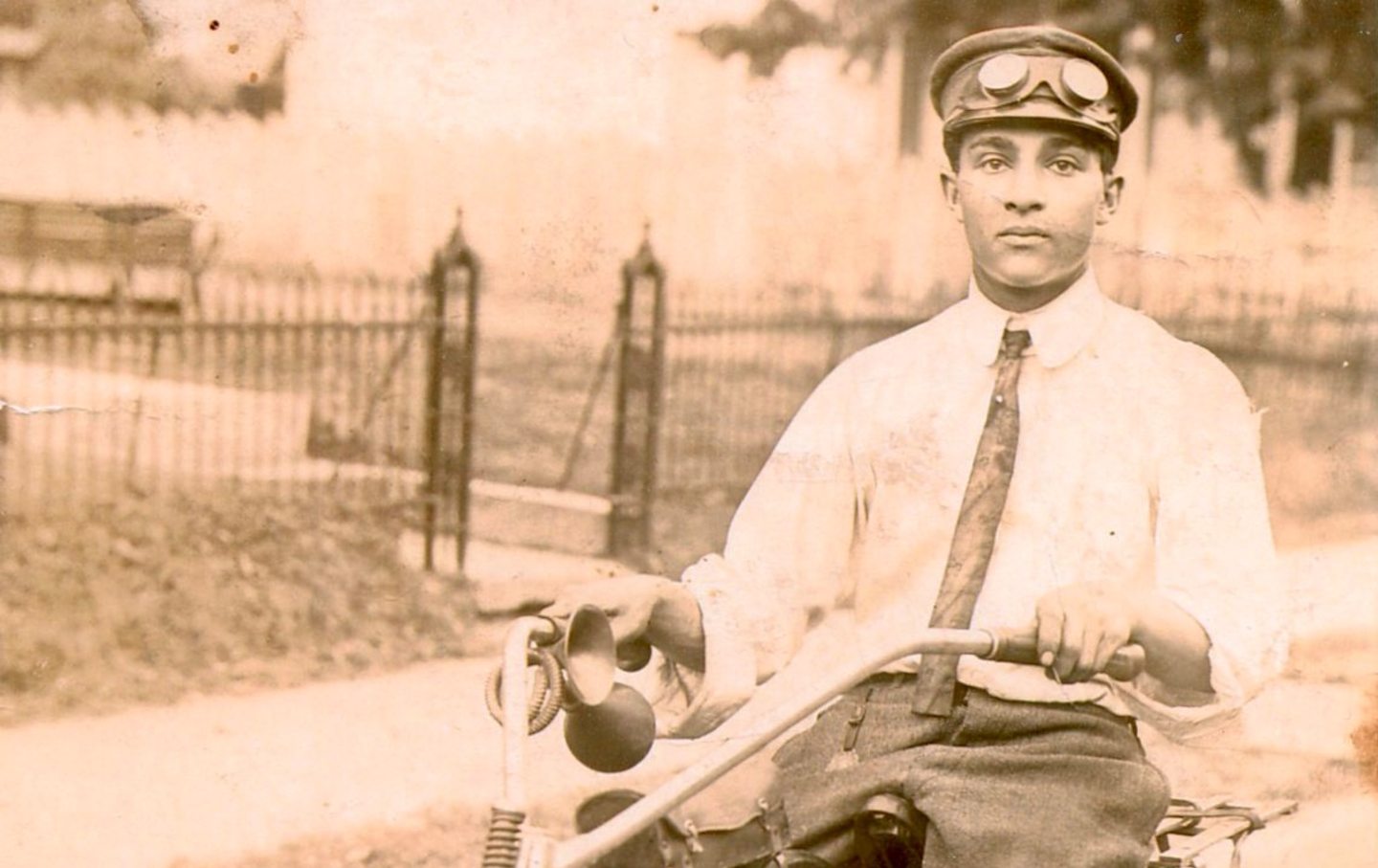
Like many Americans, I may only be one generation away from birthright citizenship—a concept that defined this country’s promise for so many immigrants.
Robert Pinsky
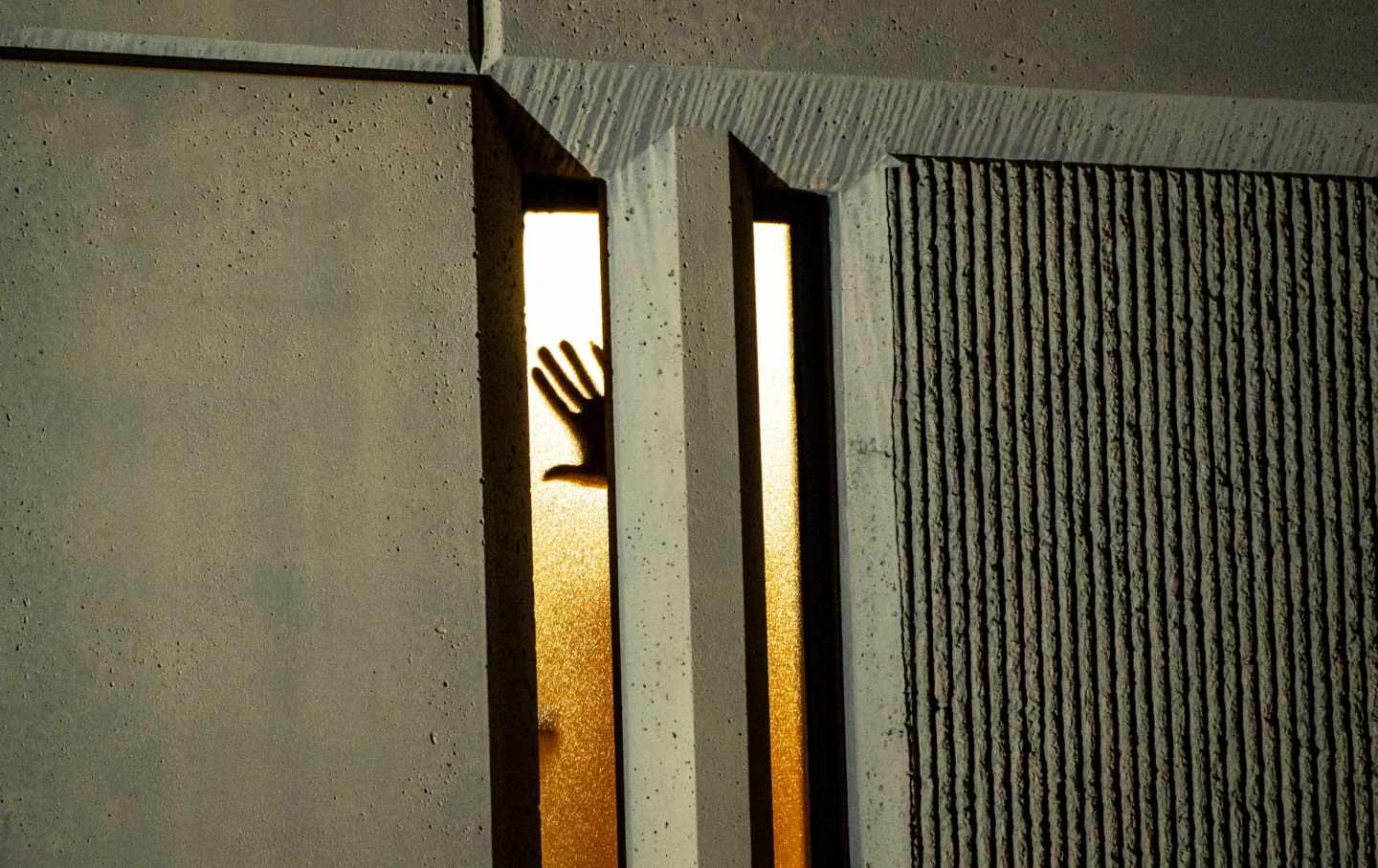
In a Washington county jail, solitary confinement is the worst, most degrading, foulest experience you could ever imagine.
Christopher Blackwell

Rather than deporting millions of migrants, this Republican president opted for the opposite strategy—legalizing them.
Brad Swanson
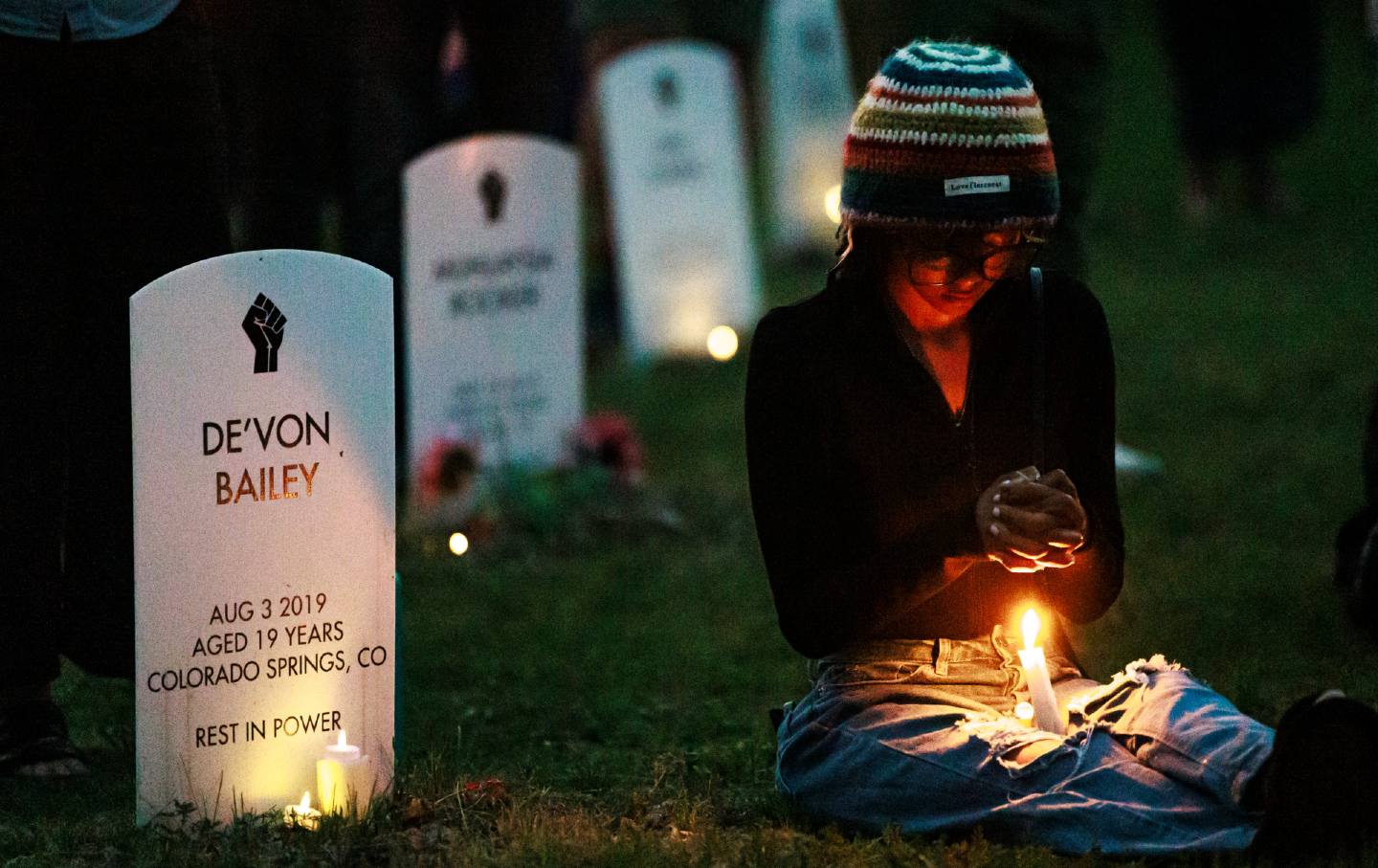
The administration knows that subduing history as it is doing works to keep people of color in this country disunited and at odds with each other.
Keenan Norris
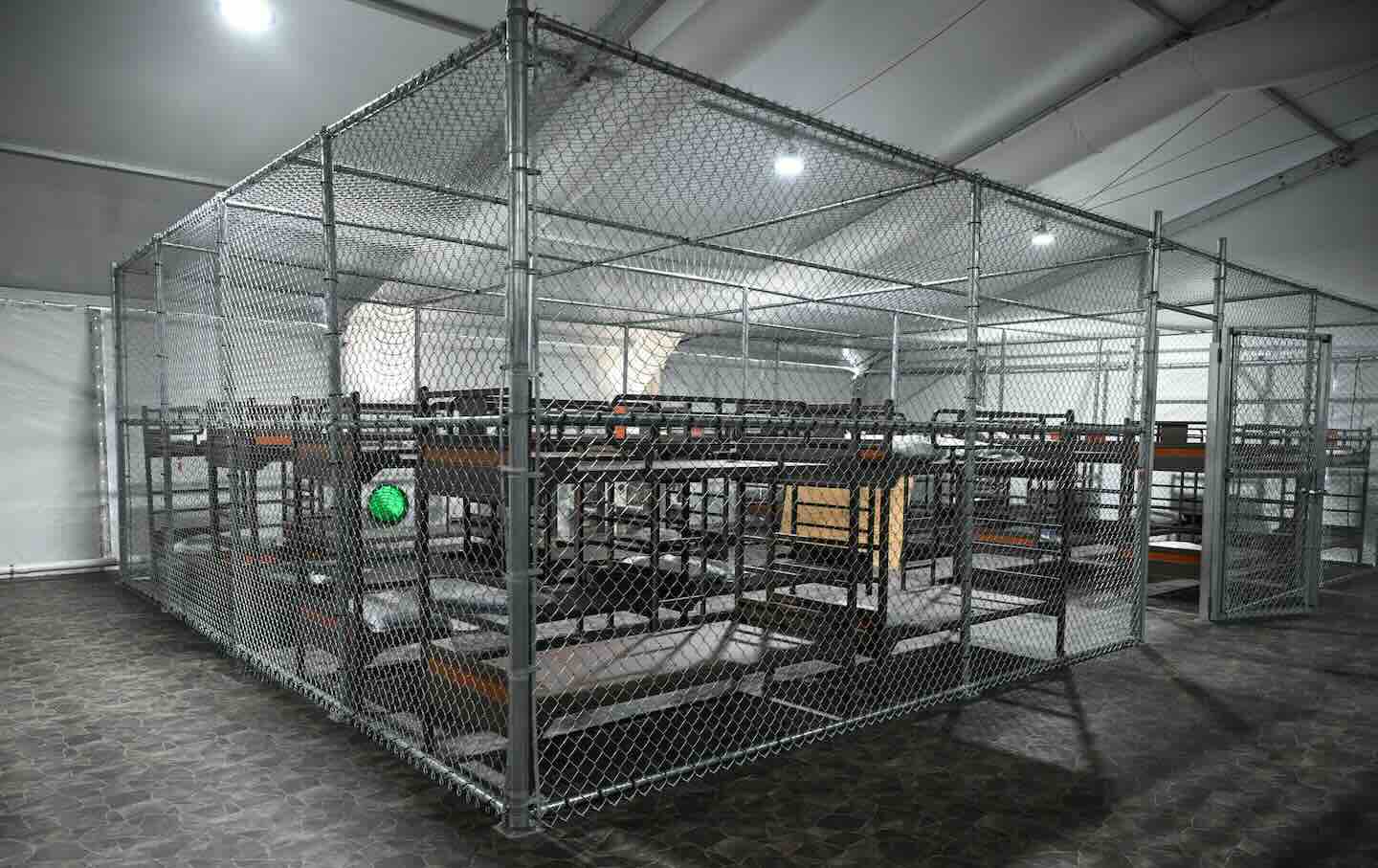
During a recent trip to Tallinn, I visited the horrific manifestations of an unredeemable totalitarian regime. A similar system is unfolding in Trump’s America.
Sasha Abramsky

The university agreed to a $221 million payout, tacitly conceding spurious right-wing conspiracy theories about higher education.
Chris Lehmann
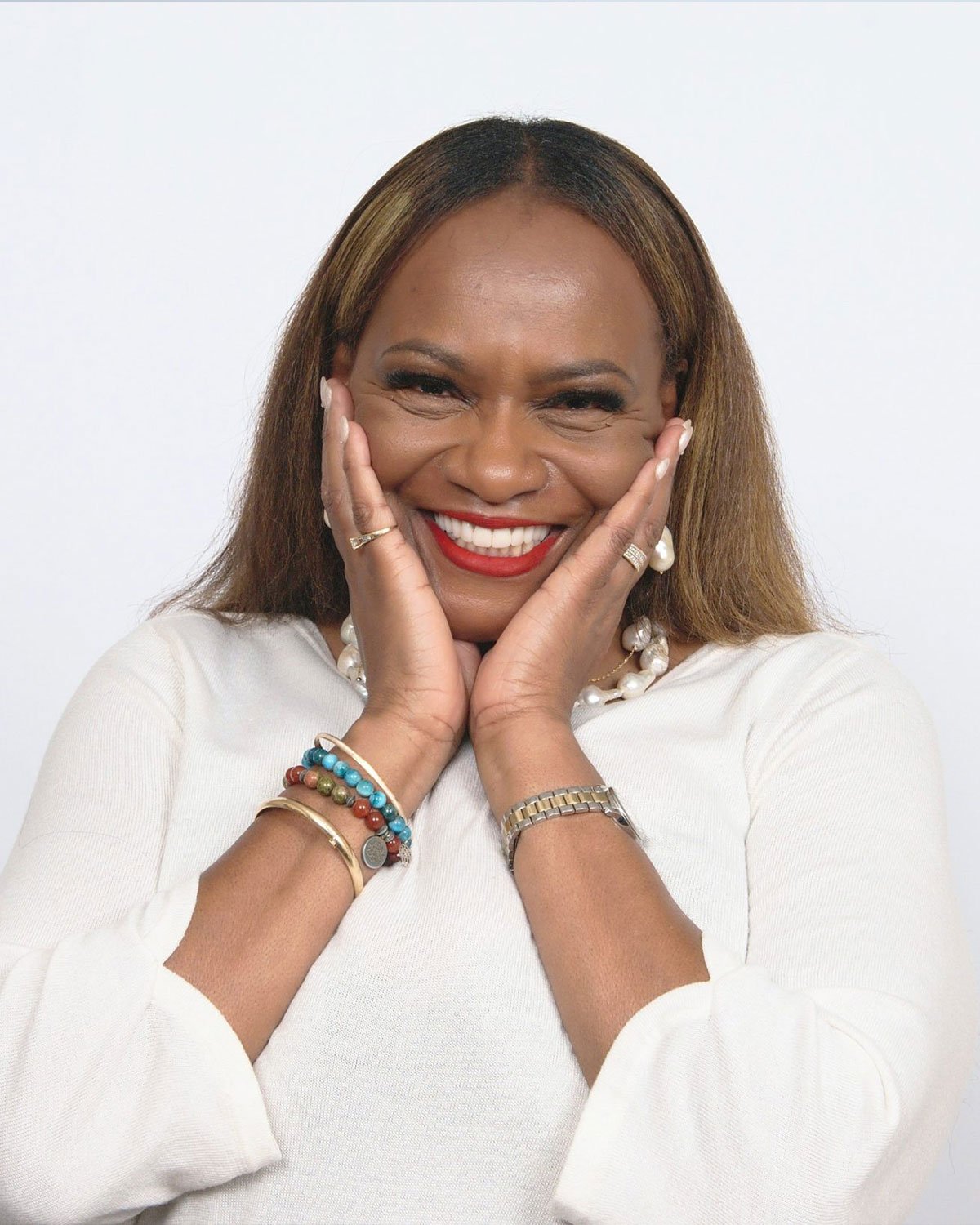
Felecia Phillips Ollie DD (h.c.) is the inspiring leader and founder of The Equality Network LLC (TEN). With a background in coaching, travel, and a career in news, Felecia brings a unique perspective to promoting diversity and inclusion. Holding a Bachelor’s Degree in English/Communications, she is passionate about creating a more inclusive future. From graduating from Mississippi Valley State University to leading initiatives like the Washington State Department of Ecology’s Equal Employment Opportunity Program, Felecia is dedicated to making a positive impact. Join her journey on our blog as she shares insights and leads the charge for equity through The Equality Network.
